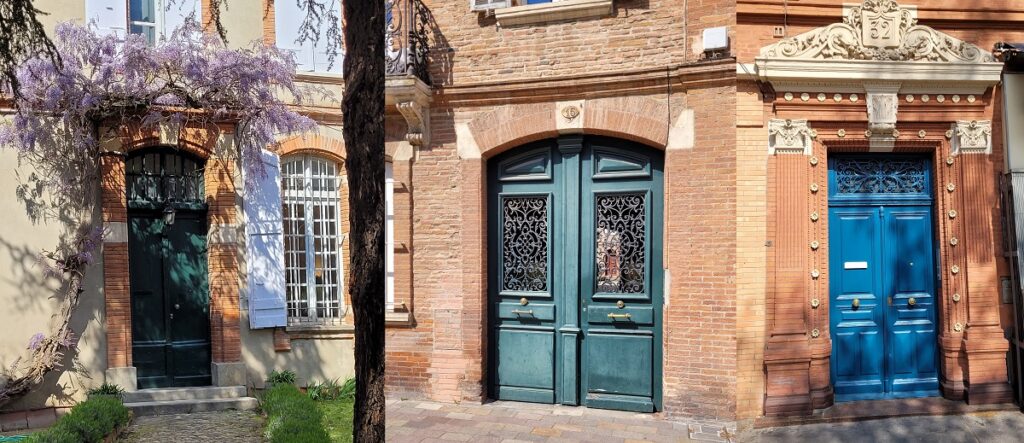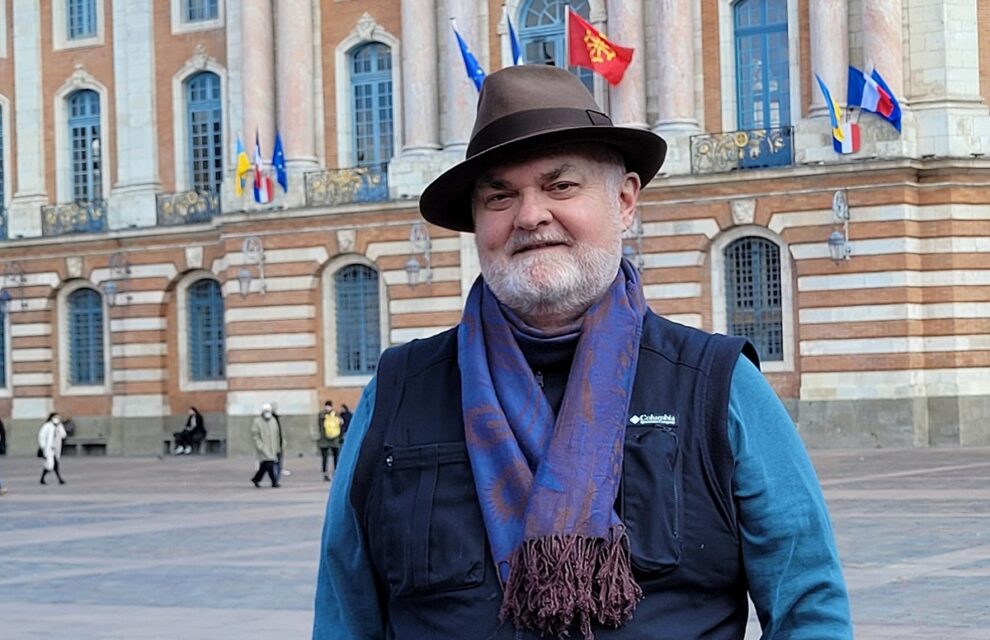Last evening there was a very enjoyable lecture-screening at the Toulouse Business School in southwestern France.
I presented the film for about five minutes, then Clara Marty let the film roll for 1h48, then we had a 35-minute Q&A session afterwards. The audience were alert and keen to ask questions.
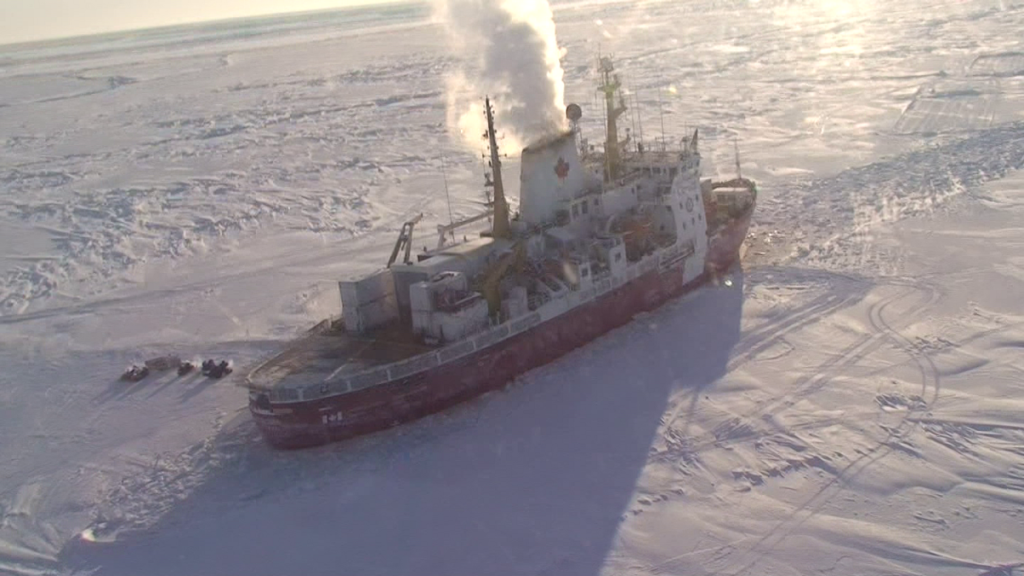
One line of questioning related to whether the film had lessons for the business world, considering that for Amundsen, polar exploration was an enterprise, requiring financing, human and material resources, and above all leadership, agility and experiential knowledge. We went back and forth on this subject for awhile.
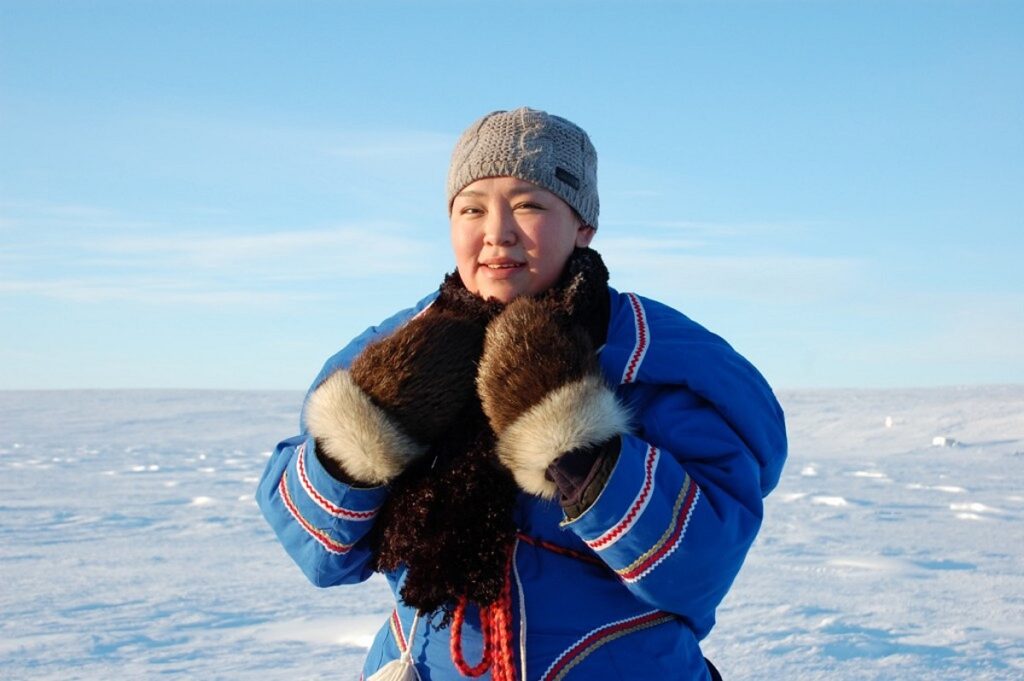
A particularly engaging line of questioning was why Roald Amundsen was so different from other polar explorers of his era, given that he showed such respect for Inuit and acknowledged ever afterwards the tremendous knowledge system they had shared with him over a two-year period.
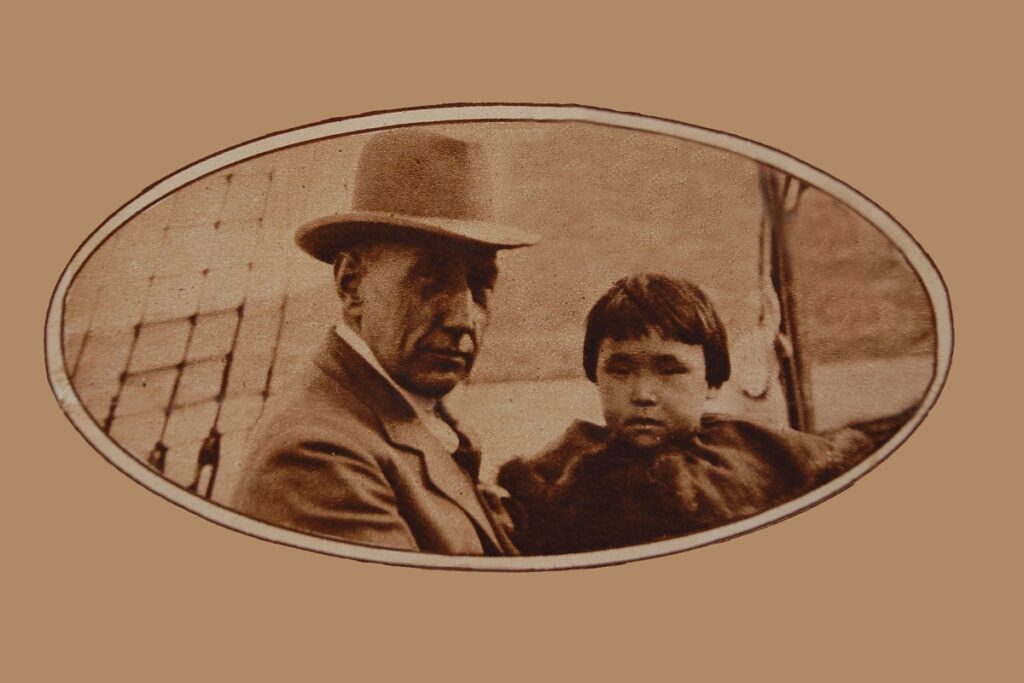
Another line of questioning related to whether I had faced any harshly critical reactions to the film. Actually, most people around the world have reacted thoughtfully and positively, but this question gave me the chance to tell the audience about crackpot armchair experts (they are legion in the field of polar history) as well as bipolar chauvinists ready either to give all credit to Amundsen, or, on the contrary, to take away all credit from him. I mentioned Amundsen can be criticized for adopting two Chukchi girls in Siberia, during the Maud expedition, then sending them back to Siberia several years later, when he went bankrupt.
Finally, a last line of questioning related to my impressions of the Inuit today, given the ten trips I made to Nunavut to make the film, plus one more to the Yukon and three to Alaska. This gave me an opportunity to situate Amundsen, Koleok and the Inuit of a century and more ago in the context of recent events in Inuit society, such as the transition from the Stone Age to the Jet Age since 1950 or so, the legacy of residential schools, and the creation of Nunavut as an autonomous territory in 1999.
Professors from Université Toulouse – Jean Jaurès showed interest in my returning here to show the film on their campus during a second French film tour, now in the planning stages.
Some of us went out for a drink afterwards.
A very stimulating experience in the extremely beautiful setting of Toulouse (known as “la ville rose ”), which now ranks as one of my favourite European cities.
Thanks to Clara Marty and the team at Toulouse Business School.
